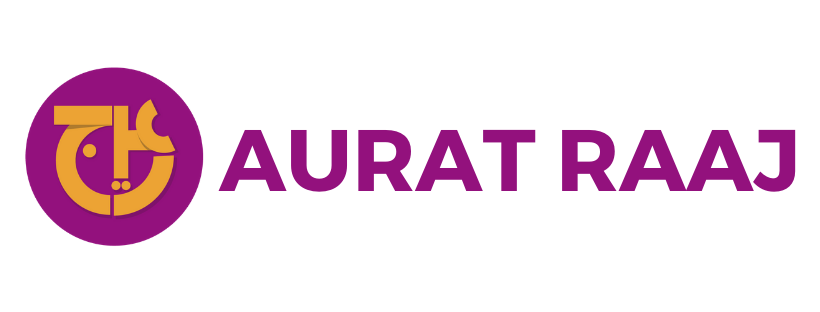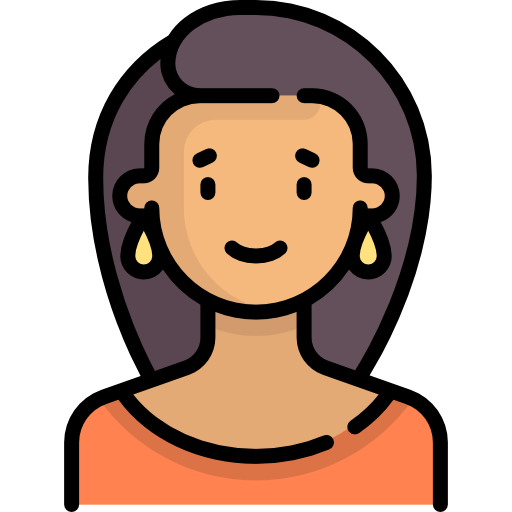
Meet Hamna, an 18-year-old girl living in rural Punjab, who was married without her consent to an older man. She desperately wants to leave him and plans her escape every day. She works extra hard stitching clothes, tutoring kids in her neighborhood, and working as a babysitter for a wealthy family nearby.
Every week, she stashes away her savings in different places in her house but her husband finds them and spends it all on gambling and drugs. Someone tells her to open a bank account but the first time she goes to a bank, she feels confused about the forms and documentation required, as well as the dismissive behavior of the staff towards her.
Things like the language barrier, the need for an identity card, or having to show a permanent address force her to not sign up for financial services. This keeps her stuck in a vicious cycle of abuse.
Financial inclusion means that people like Hamna can easily access and afford financial products and services according to their needs. If Hamna was able to benefit from financial inclusion, she could start her own business, take out a loan, build her savings, and be independent.

How does financial inclusion differ from financial literacy?
Financial exclusion could impact not just individuals but businesses too! It doesn't matter how much you earn, where you live, and how you identify. Financial inclusion means that people, societies, and economies thrive when everyone has access to basic financial services.
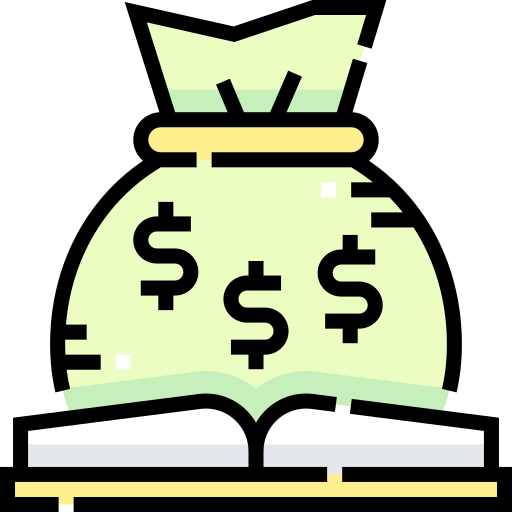
However, financial inclusion is tied strongly with financial literacy. It's important that everyone is given a basic understanding of how to manage money with topics like:
What causes financial exclusion?

Lack of digital literacy and digital inclusion
Lack of availability of banks and institutions in rural areas
Distrust with traditional banking systems
Privacy issues
Lack of different financial products available for different income brackets
How does financial exclusion impact people, communities, economies and society?
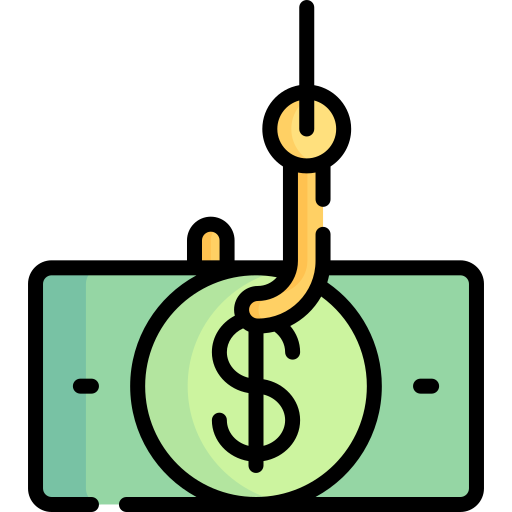
Leaves people vulnerable to scams and financial crises
When people don't understand how banking systems work, digital platforms and currencies, or their investment options, they might be vulnerable to mortgage scams, insurance fraud, and identity theft.
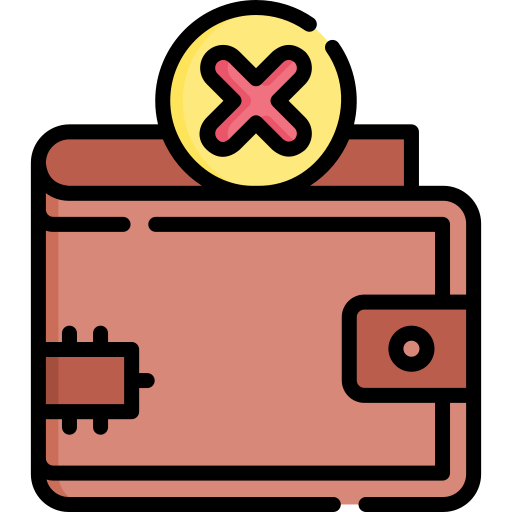
Keeps people in a never-ending poverty trap
Even the most hardworking entrepreneurs with the best ideas and plans for success could remain undiscovered and unable to scale their work because banks don't offer credit to them.

Limits people's opportunities and access
Imagine living in a cashless country. A centralized digital mobile payment platform controlled by the government is used for all financial transactions and infringes on privacy and data. If you disagree on ethical grounds, or don't have access to the platform, you can't do the most basic things like buy groceries or go to a movie or restaurant because you'll have to use that system.
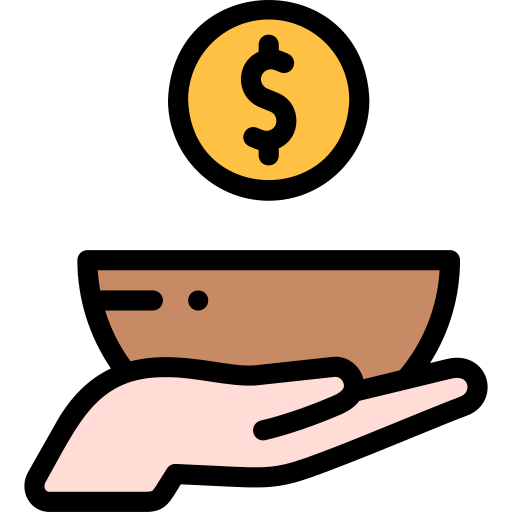
Creates dependency on other people and institutions
Someone who doesn't know how to read or write will need another person with them each time they have to read, sign, or understand financial documents.
Who is excluded most from financial services?
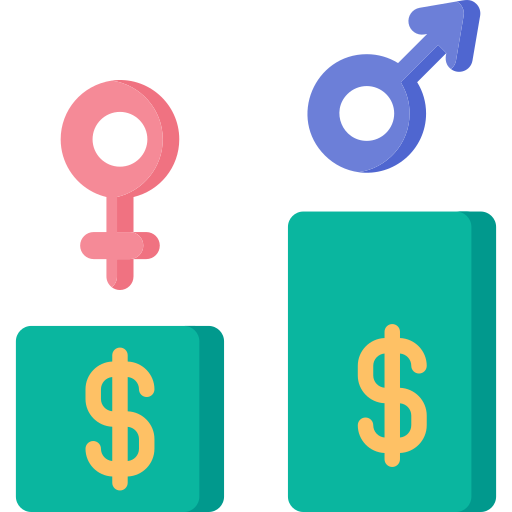
Remote, rural populations living far away from financial institutions
Homeless people and war refugees
Different racial and ethnic groups or people of color who are discriminated against
People with physical and learning disabilities
Low literacy populations living in urban slums with no access to basic education
Indigenous people with no identity documents
Seniors and older adults
Women and girls in underprivileged, conservative, traditional communities
Where is financial inclusion highest? And where does it need to improve most?
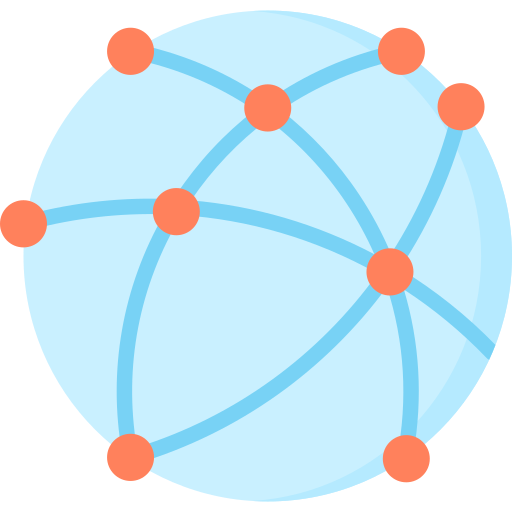
Countries like Morocco, Vietnam, Egypt, the Philippines, and Mexico have the highest unbanked populations, while populations who use banking services the most live in Denmark, Finland, Norway, Sweden, and Canada.
In Philippines, the unbanked consider their lack of funds the biggest reason for their excluded status, followed by a lack of interest in banking services, and lastly, not having proper documentation.
Who could play a role in improving financial inclusion?

Parents teaching kids at an early age about the importance of saving and investing
Schools and universities introducing these topics in the curriculum
Governments, politicians, and businesses creating an inclusive financial infrastructure
Lawyers, non-profits, and activists highlighting the communities who are left behind and strategies to bring them into the fold
What happens when women are financially included and have financial literacy?
In many communities around the world, when women have bank accounts, they increase their savings, investing in business opportunities for themselves and education for their children. Having greater control, security, and privacy over their money means better opportunities for themselves and their families.
Quiz
Samina is a factory laborer who receives her daily wages in cash. Every day, her mother in law takes this money from her. How can the factory management ensure that Samina has access to her money?
What can women do with their economic empowerment?
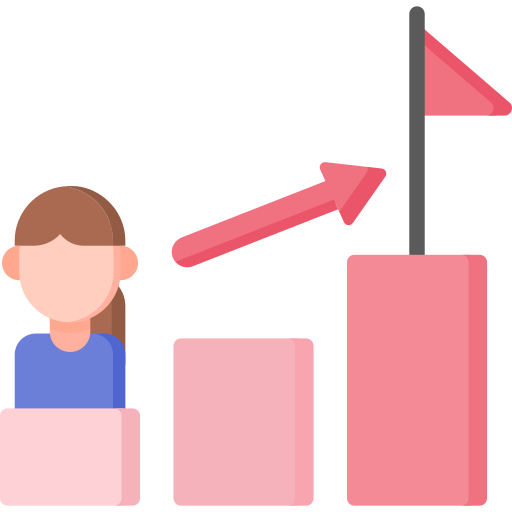 A financially independent individual cannot only change their life for the better but also bring about a greater impact in their communities — especially women.
A financially independent individual cannot only change their life for the better but also bring about a greater impact in their communities — especially women.
According to the United Nations:
Gender equality and women's rights are inseparable from their economic empowerment
Economic growth is strongly tied to women's empowerment in education and in the workforce
Take Action

What can I do to encourage financial inclusion in my community?
Your feedback matters to us.
This Byte helped me better understand the topic.
